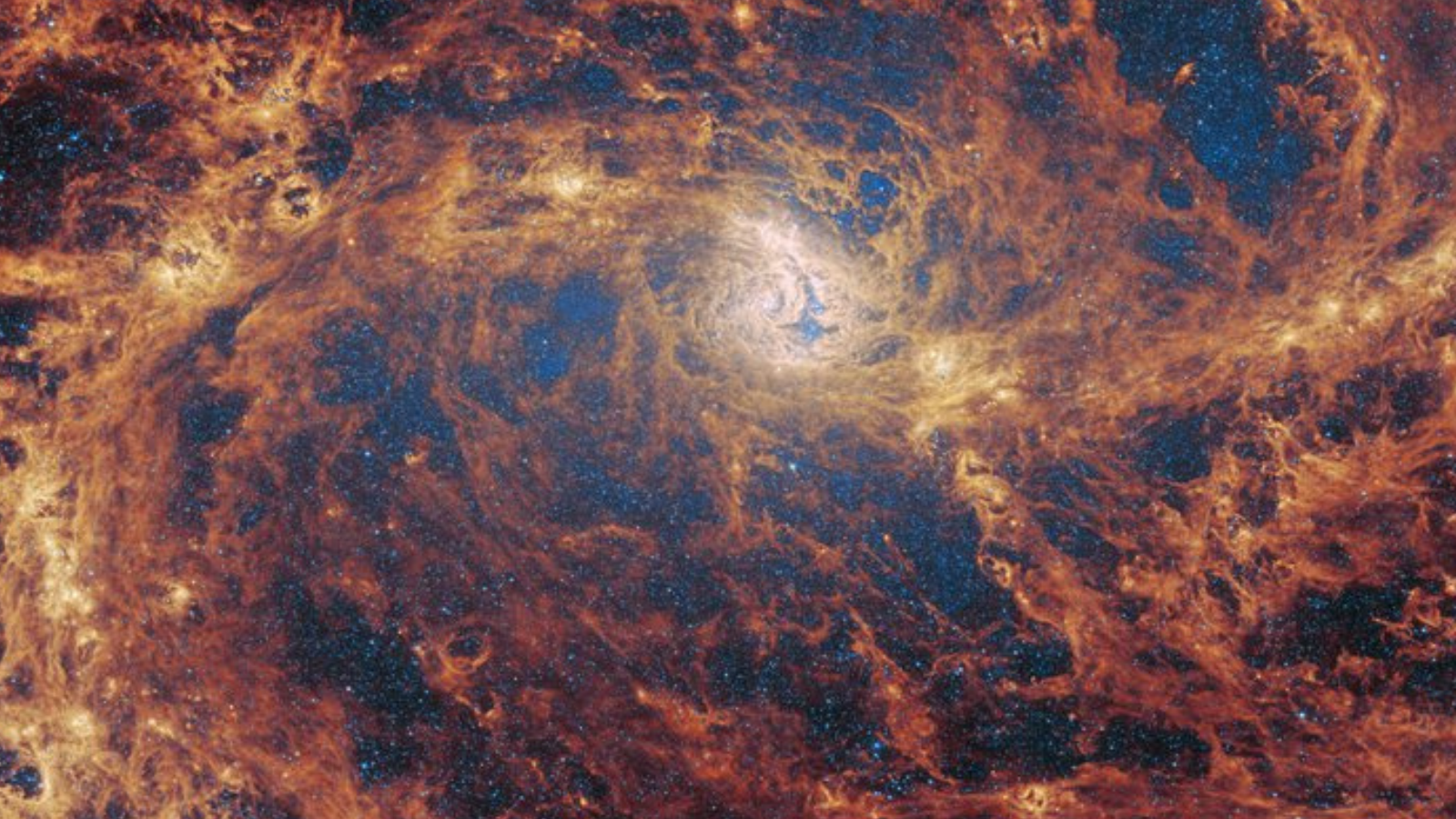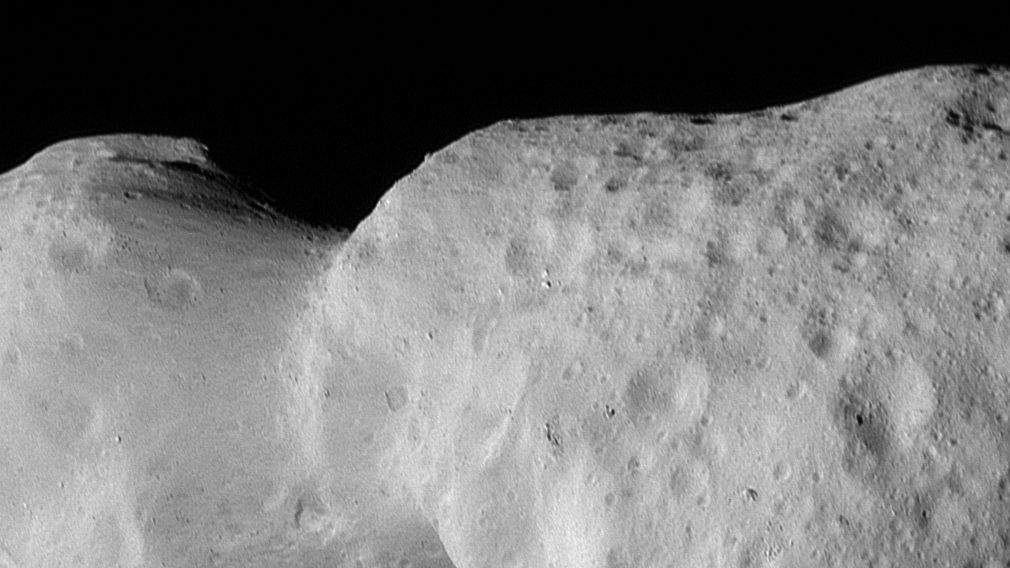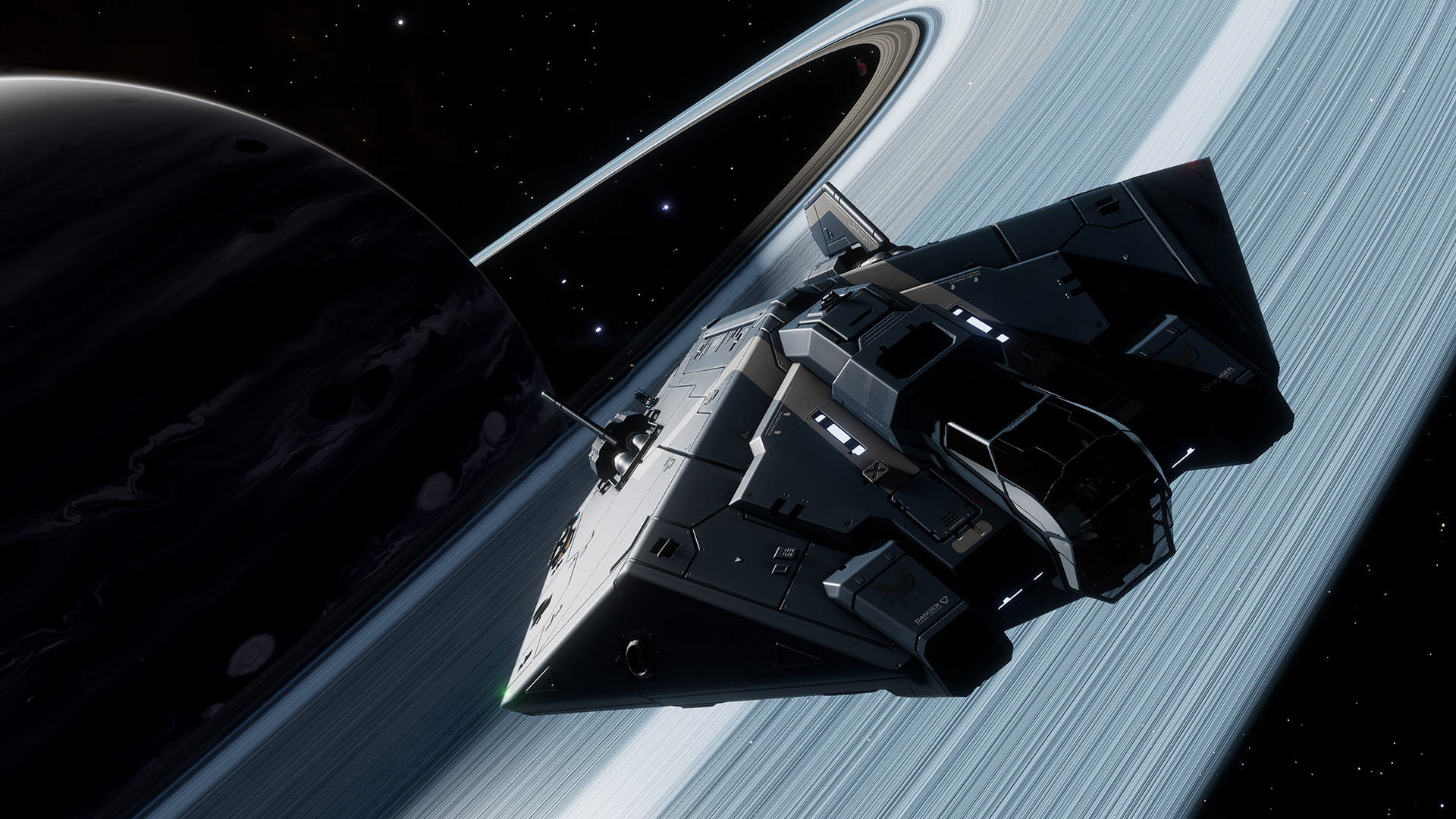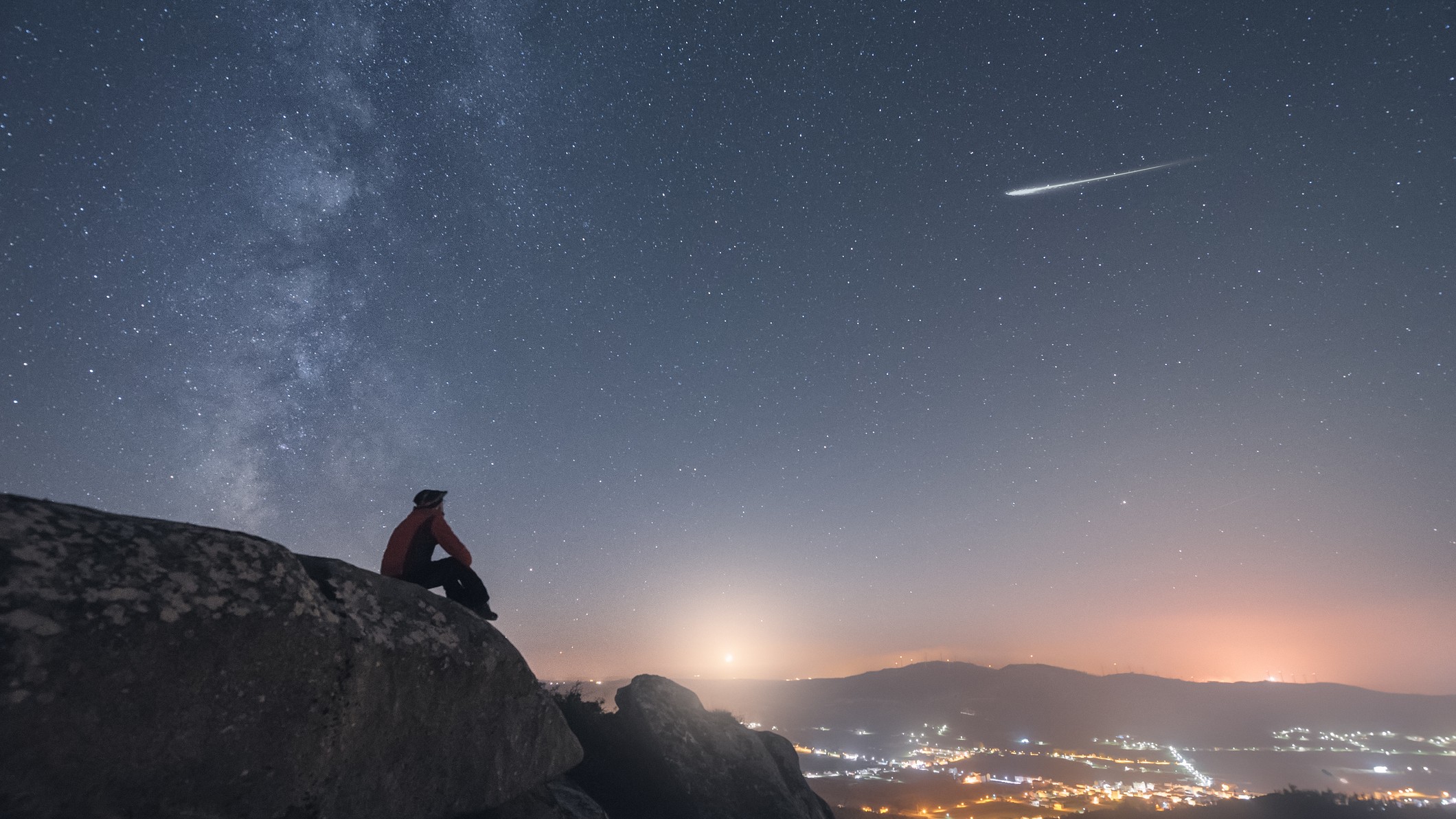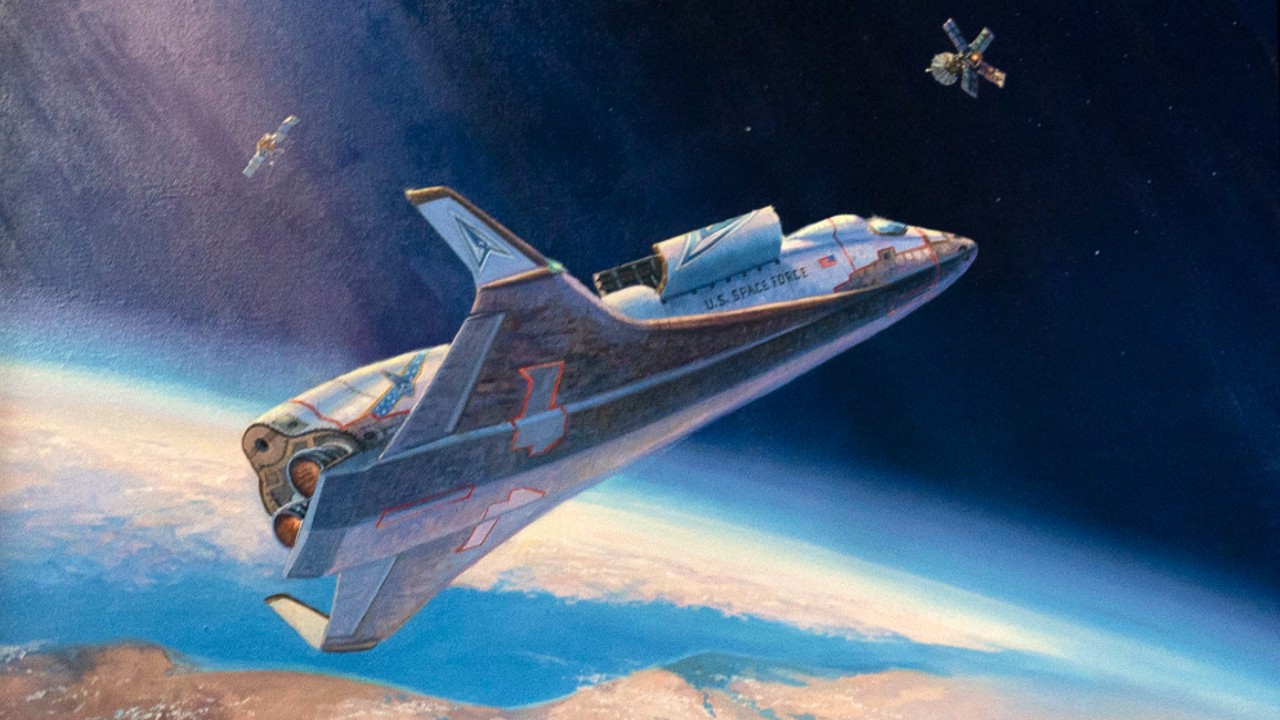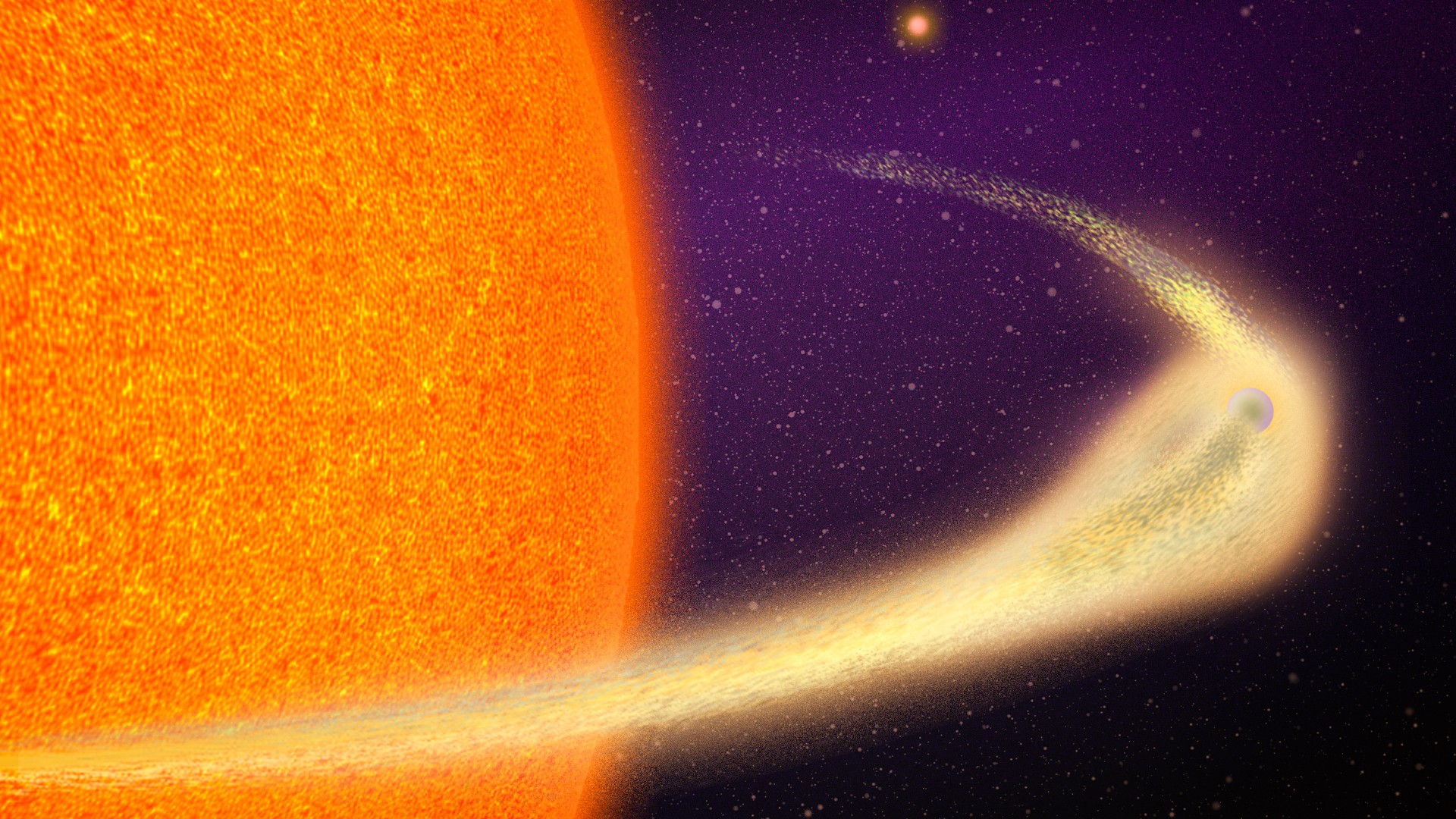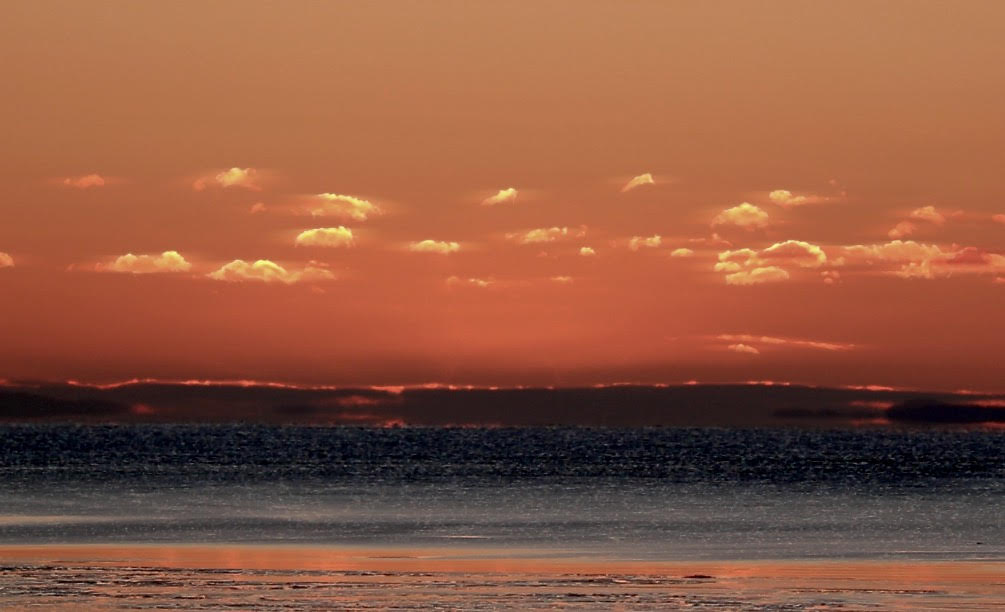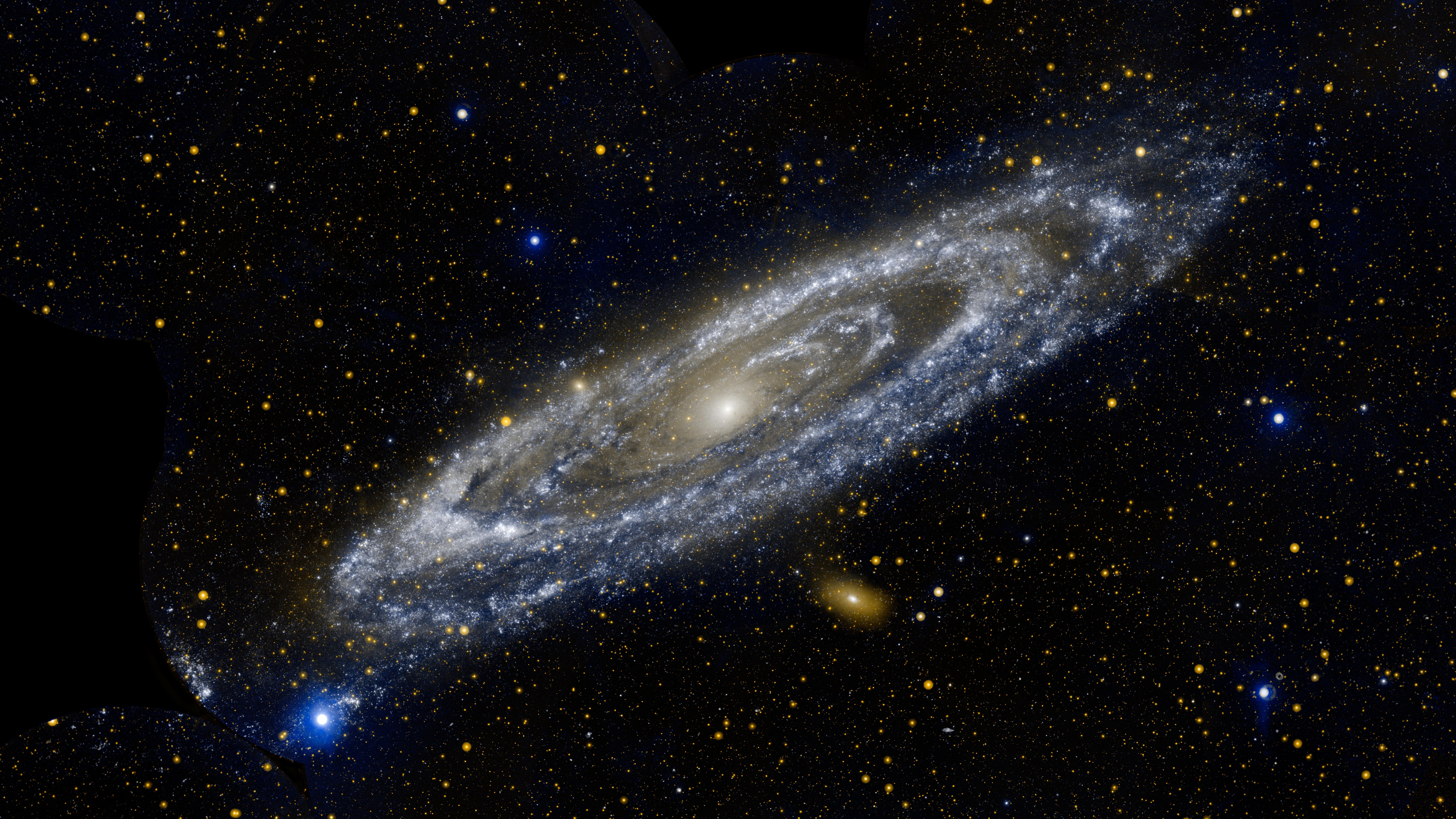Scientists call on UN to help solve Earth's space junk problem
"In 2024, we saw a 17% year-over-year spike in the average number of close approaches in low Earth orbit per satellite."

An international group of researchers is calling on the United Nations to include the protection of Earth's orbit in the U.N.'s sustainable development goals.
The researchers — led by experts from NASA's Jet Propulsion Laboratory, the University of Plymouth in the U.K. and the University of Texas at Austin — think that adding space to the U.N.'s Agenda for Sustainable Development would strengthen the case for space protection, which has become a pressing topic in recent years.
The advent of megaconstellations — fleets of hundreds or thousands of small satellites that provide internet connectivity or monitor the planet from above — has led to an exponential rise in satellite numbers. Some 15 years ago, barely a thousand satellites orbited the planet. That number has increased more than tenfold since and is expected to continue growing. As satellites reach the ends of their missions, they turn into dangerous debris that could collide with other orbiting objects, thus creating masses of debris fragments.
"Adding a Sustainable Development Goal [SDG] specifically for space would be a transformative step in safeguarding one of Earth's most vital environments," Melissa Quinn, general manager at space situational awareness company Slingshot Aerospace, who is part of the initiative, told Space.com. "Space is no longer a limitless frontier; it is a finite resource under increasing pressure from human activity."
In the nearly 70 years since the launch of history's first satellite — Russia's Sputnik — humankind has come to rely on space technology in many aspects of modern life, including TV broadcasts, internet connectivity and satellite navigation.
"This isn't just about protecting space for its own sake," Quinn said. "It's about ensuring that the systems we rely on daily remain resilient, equitable and accessible for generations to come. A dedicated SDG would catalyze the global cooperation needed to meet this challenge head-on."
Related: How often does the International Space Station have to dodge space debris?
Get the Space.com Newsletter
Breaking space news, the latest updates on rocket launches, skywatching events and more!
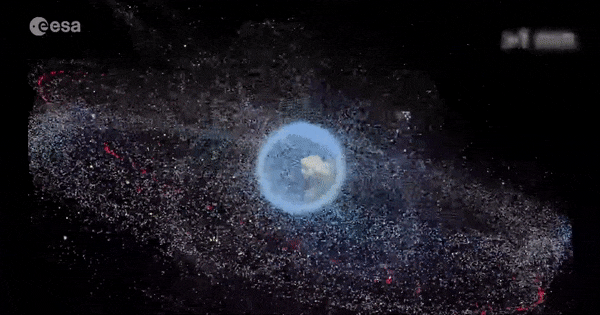
The U.N.'s Agenda for Sustainable Development, formulated in 2015, includes 17 Sustainable Development Goals. These include ending hunger and poverty; improving health care and education access for the global population; ensuring gender equality, access to clean water and sanitation; and protecting the climate.
The researchers think one of the existing goals, in particular, is relevant to the space problem. SDG No. 14 focuses on the protection of marine life and covers the contamination of the world's oceans with plastic pollution. This hard-to-solve ecological problem resembles the growing issue of space debris.
The researchers think that lessons learned from marine debris management could help prevent "another planetary crisis before it is too late," they said in a statement.
"Not so long ago, our oceans were regarded as infinite resources to plunder and infinite sinks for our waste," Thomas Dowling, a lecturer in remote sensing and geospatial science at the University of Auckland in New Zealand, said in the statement. "We now know that view was grossly mistaken — many marine environments are now barren wastelands, and more than eight million tons of plastic debris is estimated to enter the ocean every year."
For years, space sustainability experts have been sounding alarm bells over the growing quantities of space debris hurtling around Earth. According to the European Space Agency, there are currently around 40,500 out-of-control space junk fragments larger than 4 inches (10 centimeters), up to 1.1 million pieces between 0.4 and 4 inches (1 to 10 cm), and an additional 130 million fragments smaller than 0.4 inches (1 cm).
These fragments circle the planet at nearly 5 miles per second (8 kilometers per second), threatening to demolish everything in their way. Some experts are already warning that a dangerous phenomenon known as "Kessler syndrome" — an unstoppable cascade of collisions in which every smashup produces fragments that damage further spacecraft — is already underway.
"The rapid rise in satellite deployments has led to an increasing risk of collisions and debris," Quinn said. "In 2024, we saw a 17% year-over-year spike in the average number of close approaches in low Earth orbit per satellite. With over 12,500 spacecraft now orbiting our planet, including more than 3,300 inactive satellites, we need urgent, coordinated global action to ensure space is safe, sustainable, and secure."
In addition to the space debris problem, atmospheric researchers are concerned about the potential effects of satellite reentries on Earth's atmosphere. The atmospheric burn-up of satellites during their fall to Earth produces aluminum oxide, which can destroy atmospheric ozone and alter Earth's albedo — its ability to reflect sunlight. Some think that, if left unmitigated, satellite air pollution could, decades from now, undermine the good work done by the ozone-protecting Montreal Protocol and exacerbate ongoing climate change.
Join our Space Forums to keep talking space on the latest missions, night sky and more! And if you have a news tip, correction or comment, let us know at: community@space.com.
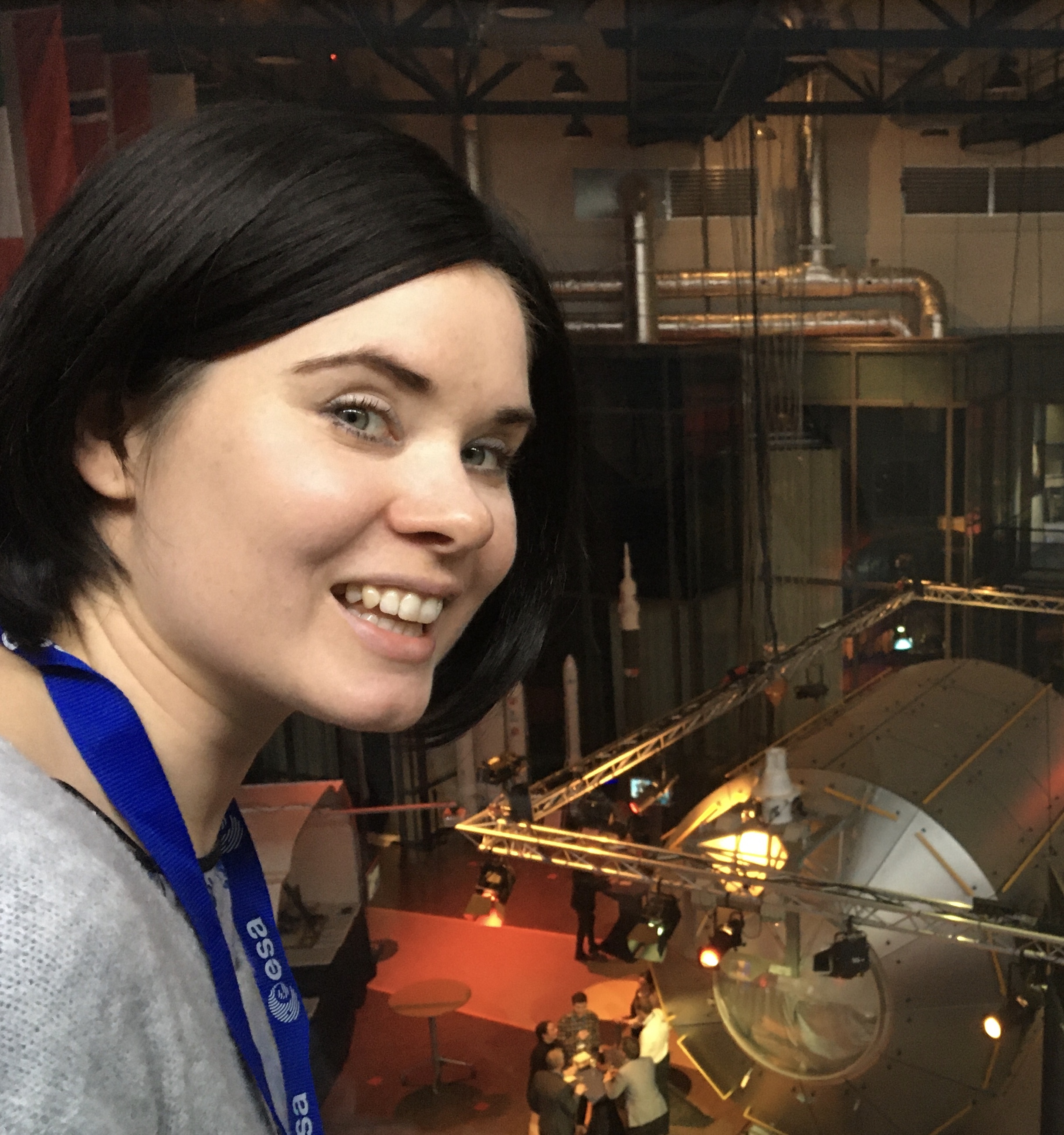
Tereza is a London-based science and technology journalist, aspiring fiction writer and amateur gymnast. Originally from Prague, the Czech Republic, she spent the first seven years of her career working as a reporter, script-writer and presenter for various TV programmes of the Czech Public Service Television. She later took a career break to pursue further education and added a Master's in Science from the International Space University, France, to her Bachelor's in Journalism and Master's in Cultural Anthropology from Prague's Charles University. She worked as a reporter at the Engineering and Technology magazine, freelanced for a range of publications including Live Science, Space.com, Professional Engineering, Via Satellite and Space News and served as a maternity cover science editor at the European Space Agency.
